Continuing on with the Stock-Wizards interview series, I’m happy to welcome Kaspars Grinvalds, a super-creative Latvian lifestyle photographer currently based in Madrid to the blog. Let’s get started!

Thanks for taking part in this exclusive interview. Please tell me about yourself and how you got started with microstock photography?
First of all thank you Alex, it’s a pleasure to be with you! I’m from Latvia and have been there all my life but I always wanted to experience living in another country somewhere in warmer climate so couple of months ago this dream of mine came true and I moved to Madrid, Spain.

Photography was just a hobby for me when I discovered microstock around 15 years ago, but only 7 years ago I decided to test it out more seriously and started to shoot and upload systematically. It turned out quite good for me so in a year’s time I decided to go into microstock full-time.
What is your favourite type of concept to create and why?
Well, as funny as it may sound my favourite model is my wife and I really like to photograph her, but, let’s be honest, no one needs those even if they’re pretty. It just doesn’t work that way. In order to sell images, they need to be commercially valuable. So what we create and why in general should be a combination of what we like to photograph, what is available to us – models, objects, locations etc., and what could potentially be commercially demanded. And let’s not forget that microstock is not only photos or videos, huge part of it is also illustrations, such as the following.
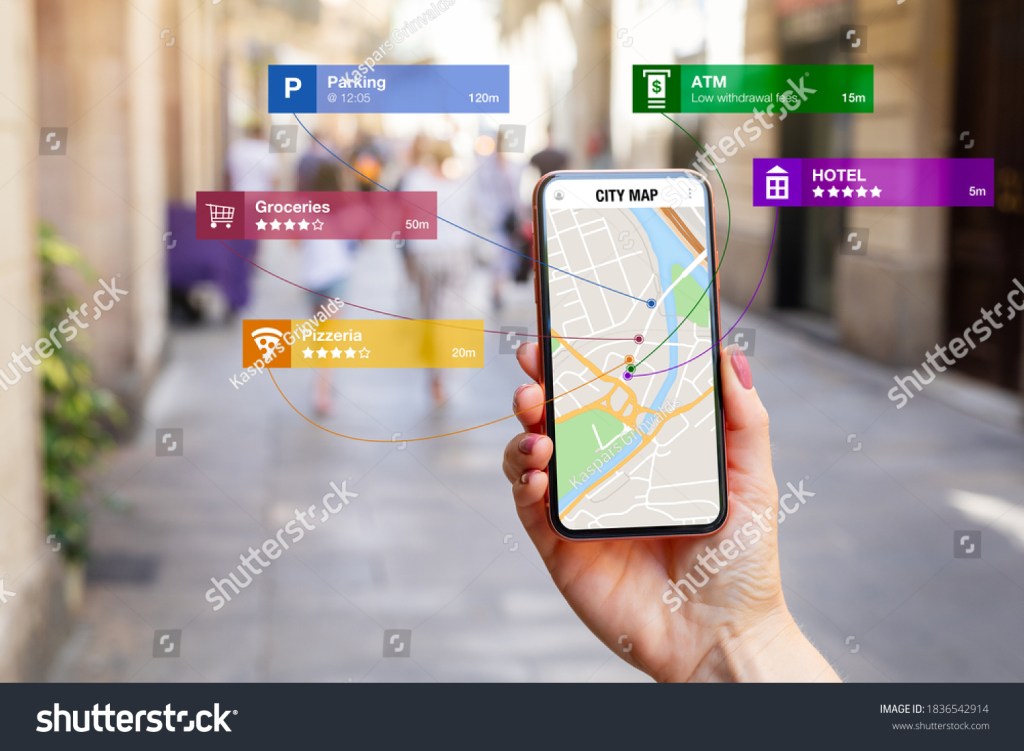
So it all depends also on the skills you have and what you are able to create. Just as an example, I personally have web design experience and I can create website or phone app interface designs which I then put on different tech gadgets. But then again I know absolutely nothing about designing book covers such as yourself, for an example, so I just don’t go in that direction.

Microstock
What initially attracted you to microstock? Which agencies do you contribute to? Is there a market for your types of content? (I see you’ve amassed a 9,000+ images on Shutterstock)
I believe being completely independent is the main reason why I like this type of work. As I already mentioned I previously worked in web design and development business and it involved dealing a lot with clients. At microstock, all that stuff is just non-existent. You do what you like and believe is worth doing, and if you happen to hit it right, it’s a very satisfying feeling.
I currently contribute to only five agencies – Shutterstock, Adobe Stock, iStock, Canva and 123RF.

If you don’t mind disclosing, how much do you earn on average every month with micros? Which are some of the best-performing agencies?
On average around 4,000 EUR per month. The most still comes from Shutterstock but the percentage has significantly declined, as Adobe Stock is catching up. Actually Adobe Stock was the only agency where my income slightly increased last year. So yes, the sad fact is that I used to earn more with less content couple of years ago. Unfortunately nowadays we have to run in order to just stand still.

I see that many of your images are model-released. Could you please elaborate on the process of finding models for your concepts? Is there much return on investment considering the state of the microstock industry?
Finding models is actually not that hard as it may sound to beginning photographers. You should just ask your closest people. All my models are people I know. It could be my wife or kids, my friends or friends of friends. Therefore, it has never involved any monetary compensation, they were just willing to help me out and maybe get some nice photos for themselves. Of course there are always exceptions but in general people like to be photographed and they enjoy the experience.
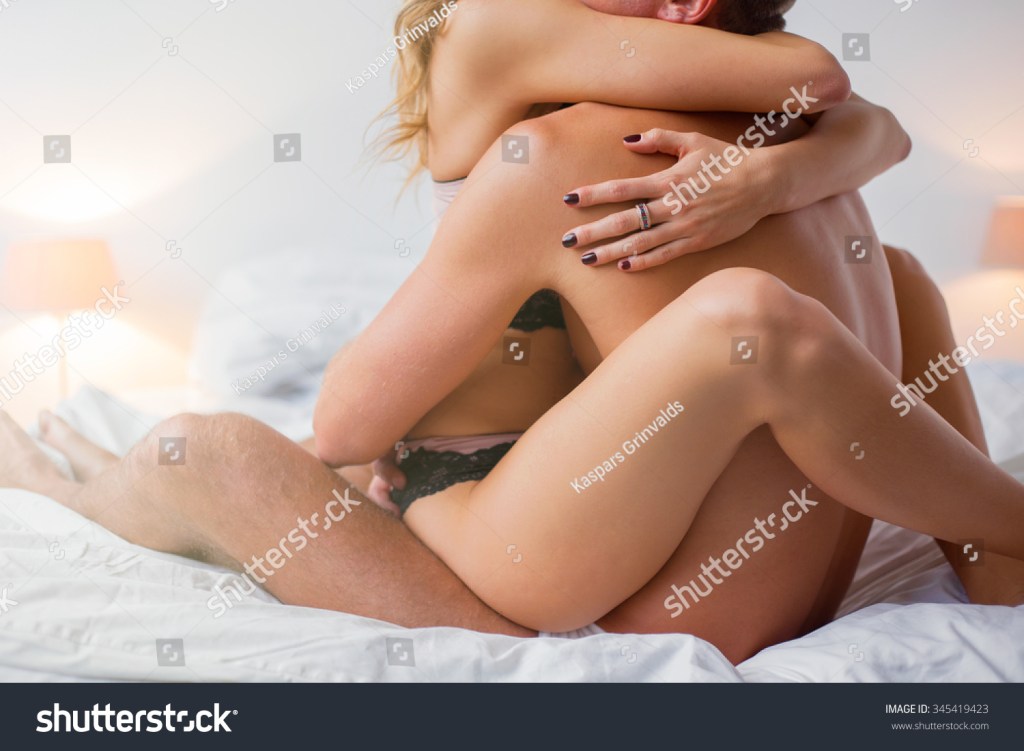
Sticking with models, do you have any tips on posing?
Yes, I developed a posing app which is available at the Apple App Store, which includes a total of 200 poses and I’m sure all types of photographers would find to be very useful:
Merged in the practical mobile app format, all of the included poses in Posing App come with easy to understand descriptions and expressive hand drawn illustrations. In contrast to using real photos as samples, illustrations are only body outlines, so it’s very simple for a model to understand and recreate the pose. Illustrations aren’t in any way restrictive either, the model can be creative and come up with different variants on her own. Initial pose works simply as guidance for something to start with.

How do you stay on top of visual trends? I see that the latest technology is a pervasive theme in your port and sells regularly:
Well, again, it will always be a combination of what you want to create, your skills and what is available to you. I have an ideas folder on my computer where I save everything I see that I like and what I feel I could make differently and/or better. It could be anything I notice on the web, in printed magazines or even something I snap with a phone on street. Also from time to time I just browse Shutterstock by different categories to see what’s trending and popular. But of course we can only guess, as we all have those examples where we created some content and considered it to be super cool, but eventually it doesn’t sell at all.
For an example I recently made fresh batch of t-shirt templates: I really liked the results and my previous t-shirt mockups sold quite well, so I expected these to be high sellers as well, but unfortunately they don’t sell at all.
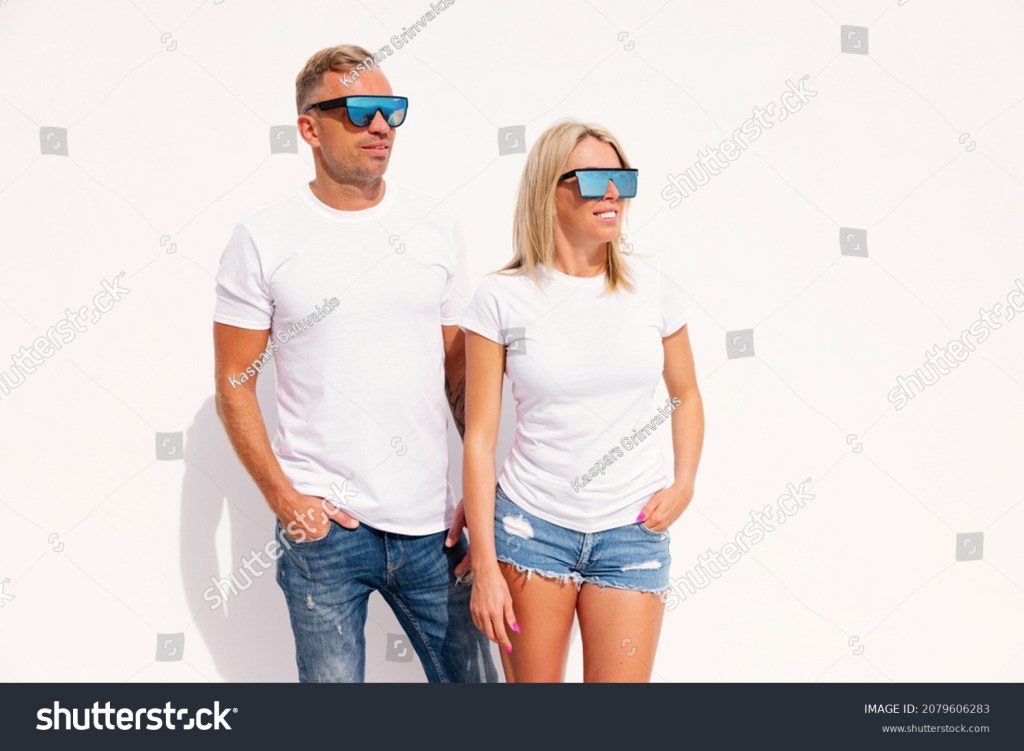
Sometimes happens just the opposite, and that’s fun part of it. For an example, this image I initially wanted to delete from the batch as useless but later decided to upload it anyway, and it has become one of my all time bestsellers.

How do you foresee the future of microstock for the type of work you produce?
Oh, I’m very bad at foreseeing the future. Some time ago I thought that eventually one of the biggest agencies will increase the contributor commissions but just the opposite happened. It turned out that our rates were too high already and needed to be reduced. I honestly don’t think that paying $0,10 for an asset is sustainable, but who am I to say? So, I can’t predict how will it be, but I hope that new content will continue to be in demand. Technology changes, fashion changes, everything changes, even city skylines change and I believe that demand for new content will always be there.
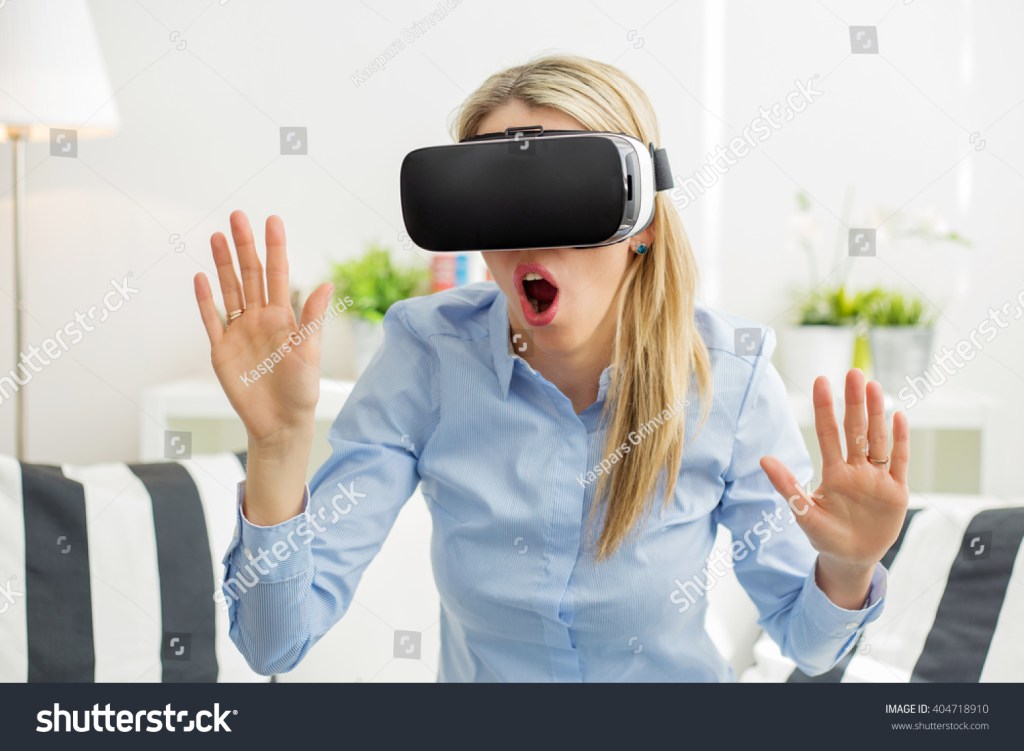
I see you only have 50 videos in your port – any reason why you don’t invest more in this medium that has potentially higher returns?
That’s a very good question I don’t really know the answer to myself. Somehow I have not properly tested the potential of video. I guess I’m just an old school who sticks to what he is used to. Quite possibly I’m missing it out, I agree.
Technical discussion / Gear
Which is your go-to software and why?
I use Lightroom for catalog sorting and image selection, but I edit all my images in Photoshop. I also use and can suggest couple of additional software which works as plug-ins in Photoshop.
Alien Skin Exposure – great variety of filters and other effects. For an example here’s the original image: and here it is with an added sun-flare in Exposure software.

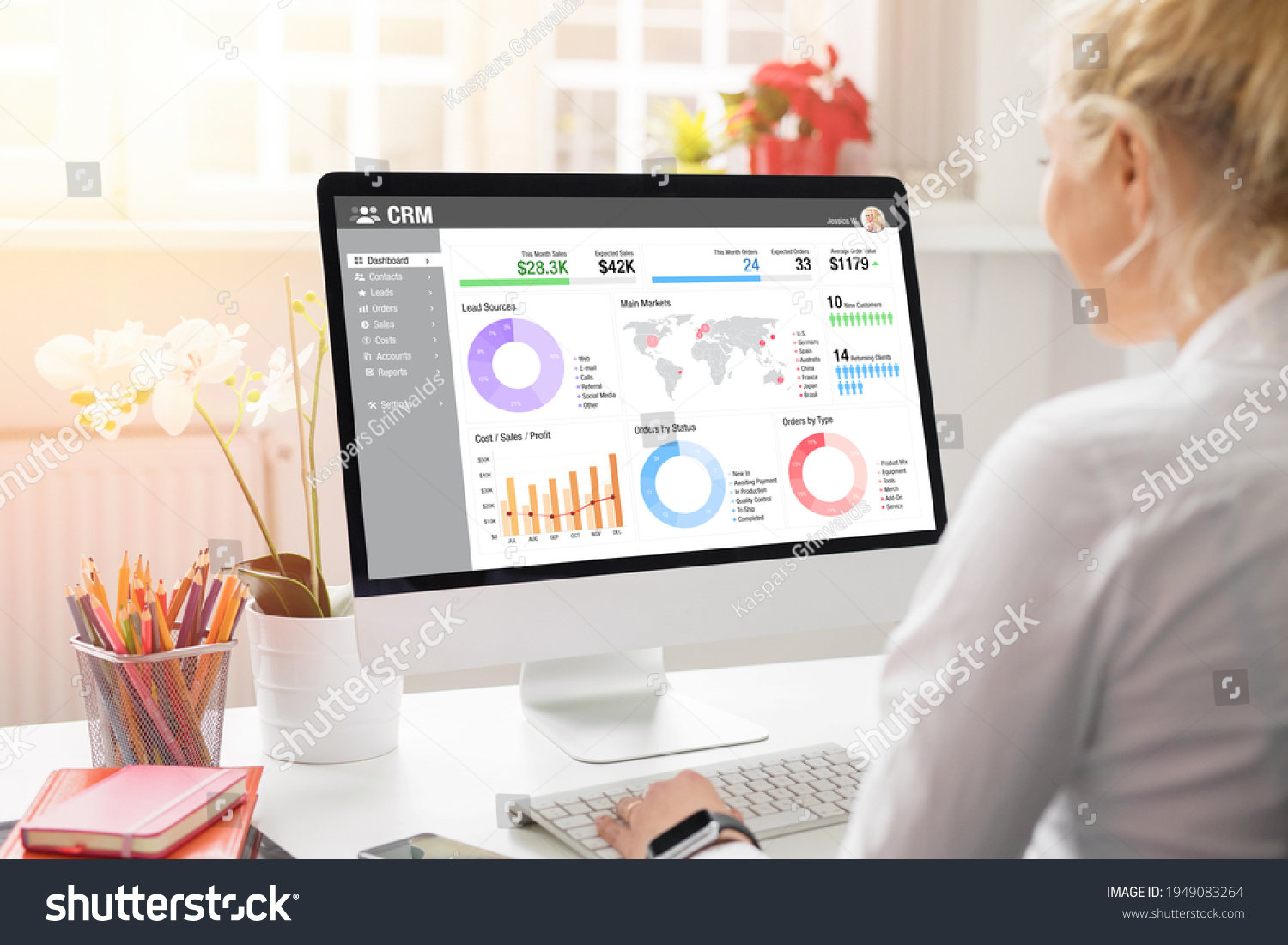
Imagenomic Portraiture – a bit expensive, but you get beautiful skin smoothing with literally one click, the effect and time saved absolutely pays off.
Which type of gear do you use and why?
I recently traded all my gear and upgraded to Canon R5 and currently have only one lens on it – RF 24-70mm f2.8. It’s absolutely enough for nearly any possible scenario I can imagine. Well, maybe macro lens is something you can’t really substitute, but anyways, this is my current setup and I’m not planning to add any additional lenses soon. I know it may be the latest and flashiest Canon, but to any beginner photographer I can honestly say that it’s not that important at all.
The theme you are shooting is far, far, far more important than the gear you use. However having said that, I would still recommend using any decent (even second hand if needed) but full-frame sensor camera. Even older full-frames produce cleaner files, which is a factor you have to deal in microstock.

Plans for the future
Could you please elaborate on some of your short and medium-term plans for the future in relation to your work?
Sure, I have my goals and check lists I’ll try to accomplish, but I don’t plan to change my routine significantly. I have a huge ideas folder I told you about already, first I have to finish them all off. Only when I won’t have any new ideas, I’ll start to think about moving elsewhere.

Any tips for those wishing to start out in 2022 as microstock contributors?
I definitely won’t join the opinion that microstock is “too late” to enter. Sure, it is possible and I wish the best of luck to any willing to succeed in it, however it’s definitely not easy. You have to be willing to work hard and learn a lot. And I mean learn not only about technical side or editing software, but learn also how different agencies work, what sells and what they tell you about their search and keywording mechanics. Definitely don’t skip that keywording part!

Thank you, Kaspars, wish you success and happiness! Looking forward to continuing this fascinating discussion in Madrid soon!
About Alex
I’m an eccentric guy, currently based in Madrid, Spain, on a quest to visit all corners of the world and capture stock images & footage, when things go back to relative normal (Spring 2022??). I’ve devoted eight years to making it as a travel photographer / videographer and freelance writer (however, had recently go back into full-time office work to make ends meet, although happy to report that it’s coming to an end soon). I hope to inspire others by showing an unique insight into a fascinating business model.
I’m proud to have written a book about my adventures which includes tips on making it as a stock travel photographer – Brutally Honest Guide to Microstock Photography
